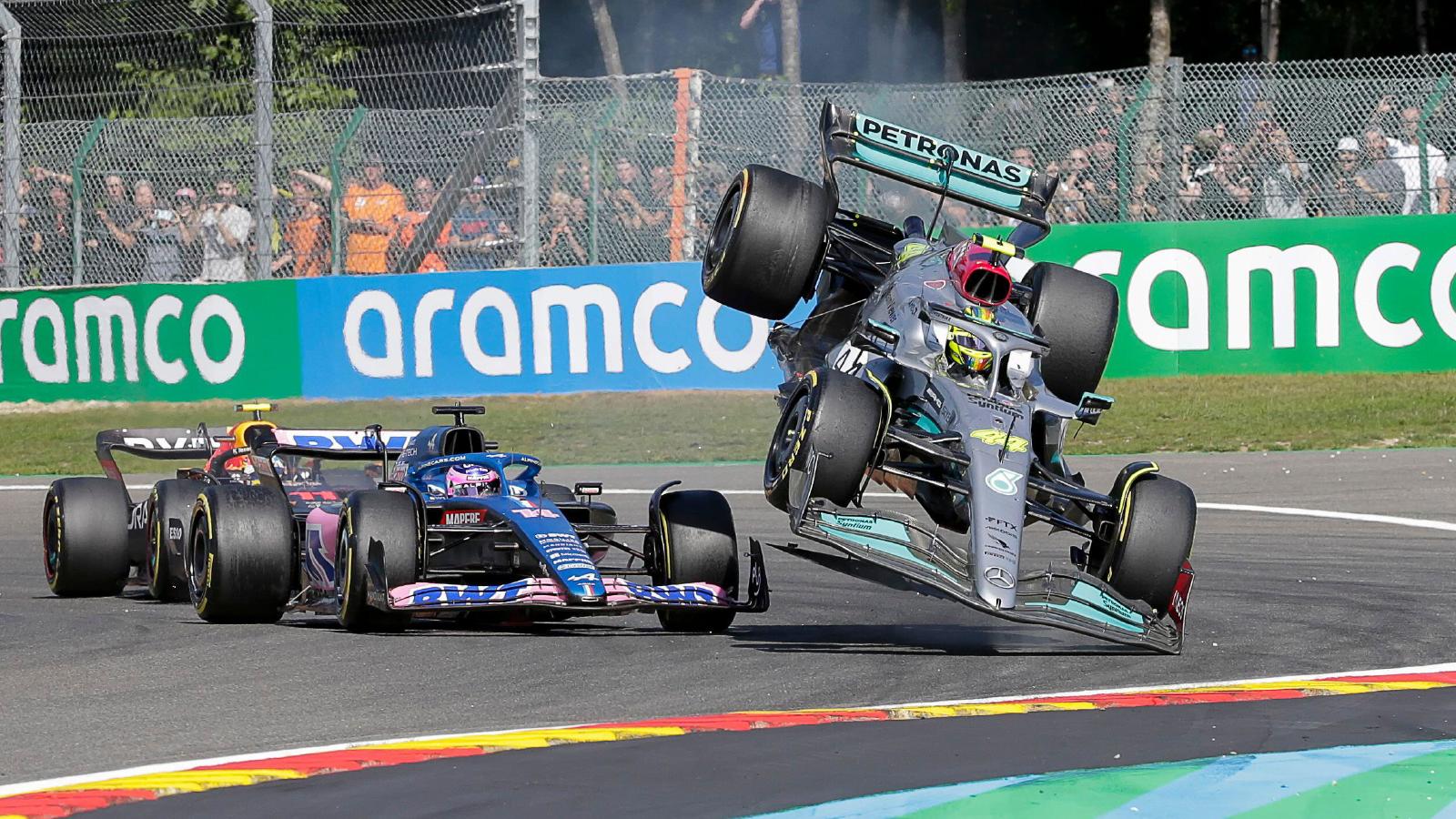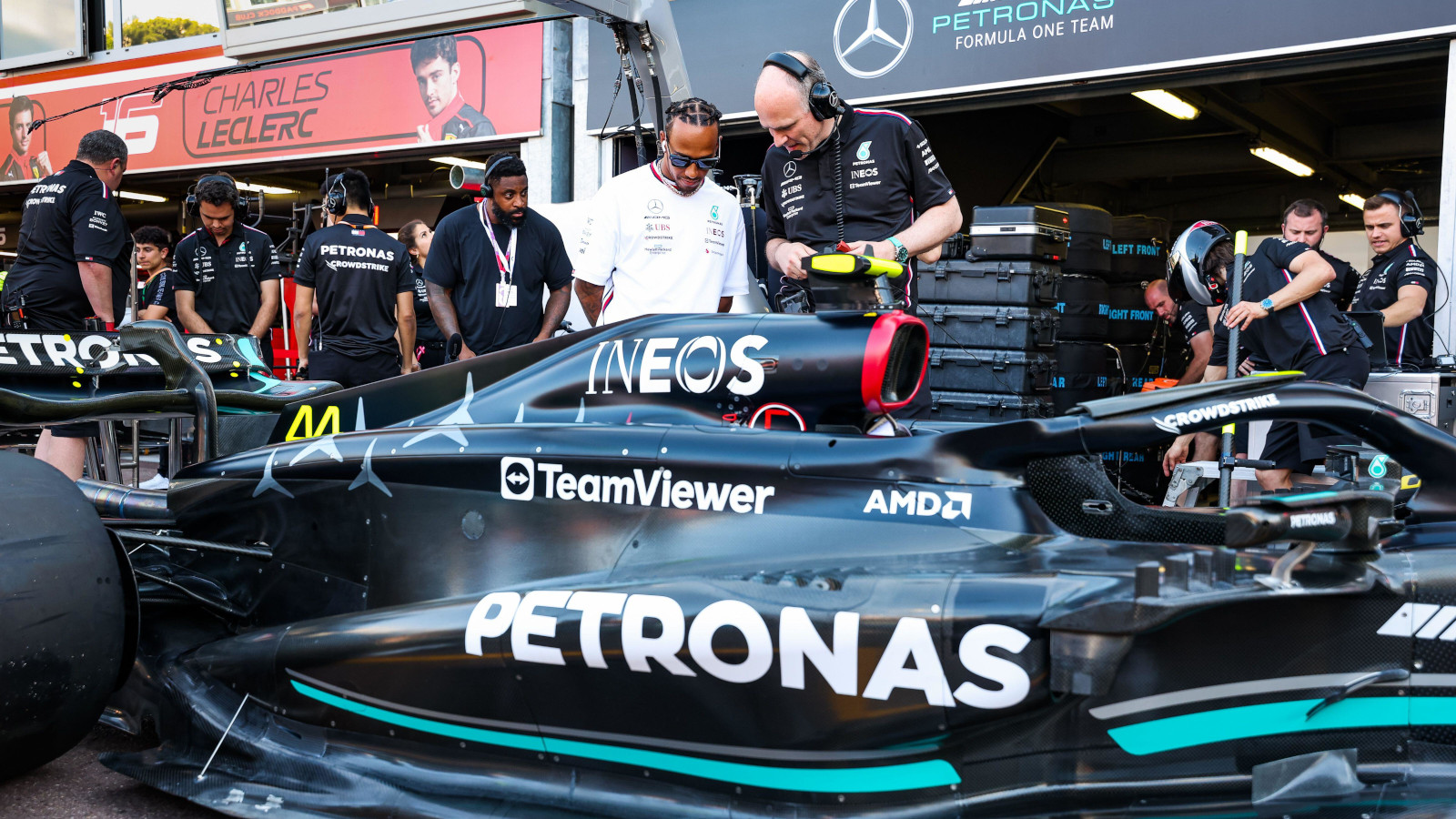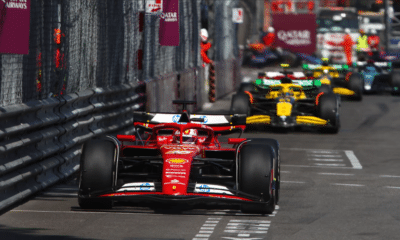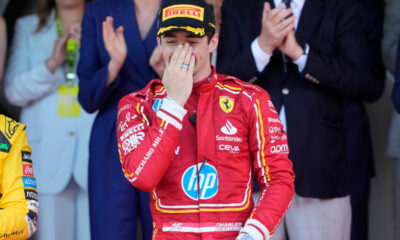- Speed is a necessary danger in the world of racing and it is sadly the main culprit in so many deaths
- The terrible truth behind the thrill that you love so much in the tracks is that the violent speeds
- Public data from verified sources indicates that some 52 F1 drivers have passed on
Speed is a necessary danger in the world of racing and it is sadly the main culprit behind F1 drivers who died driving.
The terrible truth behind the thrill that you love so much in the tracks is that the violent speeds you always see on the track are a death trap. While there aren’t a lot of fatalities reported, there are a few that exist. So, who are these Formula 1 drivers who paid the ultimate price for neck-breaking speed to make a name for themselves?
HOW MANY DRIVERS FOR FORMULA 1 HAVE DIED?
Public data from verified sources indicates that some 52 F1 drivers have passed on. The first fatality was in 1952 when Alberto Ascari crashed during a practice session at the Belgian Grand Prix. Further, the last reported fatality is that of Jules Bianchi who crashed at the Japanese Grand Prix in 2014. They compound F1 drivers who died driving on the track during a race or during a practice session.

Lewis Hamilton Belgian GP Crash. Photo/PlanetF1
Head injuries are the most common cause of death for F1 drivers which is why every driver has a quality helmet on during races. Any head injury is fatal and it comes about as a result of these racing cars moving at lightning speeds that even a minor crash leaves one with serious head trauma. Other causes of fatalities include fire, drowning, and medical complications as a result of a motor accident.
Here are some casualties of the tracks and the year they perished.
- Alberto Ascari – 1952
- Ligi Musso – 1958
- Peter Collins – 1958
- Wolfgang von Trips – 1961
- Jochen Rindt – 1970
- Piers Courage – 1967
- Roger Williamson – 1973
- Ronnie Peterson – 1978
- Riccardo Paletti – 1982
- Elio de Angelis – 1986
- Roland Ratzenberger – 1994
- Ayrton Senna – 1994
- Jules Bianchi – 2014
WHO WAS THE F1 DRIVER THAT CRASHED AND DIED?
Most of the F1 drivers who died driving succumbed to the injuries while recuperating in hospital. Bianchi is a classic example. Despite crashing at the Japanese Grand Prix in 2014, he passed on in July 2015 aged 25.
Bianchi died on 17 July 2015, aged 25, from injuries sustained at the time of his accident in Suzuka nine months earlier. His death made him the first Formula One driver to be killed by injuries sustained during a Grand Prix since Ayrton Senna in 1994.
WHICH F1 TRACK HAS KILLED THE MOST DRIVERS?
The storied Indianapolis Motor Speedway has been marred by tragedy, bearing witness to the highest number of fatalities among Formula One drivers. Specifically, seven courageous racers lost their lives while competing at this legendary venue during the period when the Indianapolis 500 was included in the world championship. It is worth noting that the Indianapolis 500 adhered to AAA regulations rather than the Formula One regulations that we associate with the global championship today. Still, it has sad statistics as far as the conversation on F1 drivers who died driving plays out.
HOW MANY F1 DRIVERS HAVE DIED AT MONACO?

Mercedes driver Lewis Hamilton. Photo: Florent Gooden/DPPI/LiveMedia

Monaco Grand Prix. Photo/PlanetF1
Lorenzo Bandini, then 28 years old, is the only F1 driver who lost his life at the Monaco Grand Prix. Bandini was an Italian racing driver who crashed and died in 1967 after his car lost control and slammed into a barrier which sparked an intense fire. He escaped with injuries which later took away his life.
The Monaco Grand Prix is notoriously dangerous and the most dreaded in the F1 circuit. It has narrow streets and tight corners that make it difficult for drivers to pass, and there is little room for error. A slight mistake results in a grisly crash but safety measures are still under implementation to reduce the risk of accidents in recent years. However, there is still the potential of a tragedy.
CONCLUSION
In recent years, safety measures have been implemented to reduce the risk of death in Formula One. These measures include the introduction of the HANS device, which helps to prevent head injuries, and the use of safer barriers. However, there is always the risk of death in Formula One, as it is a dangerous sport just as much as it is exciting.

















You must be logged in to post a comment Login